In the realm of literary brilliance, “Lord of the Flies” stands as a harrowing exploration of human nature and societal collapse. Below, we curate a remarkable selection of quotes alongside their respective page numbers, illuminating the thematic essence and character arcs within William Golding’s seminal work.
1. “We’ve got to have rules and obey them. After all, we’re not savages.” (Page 33)

This poignant declaration underscores the fragile veneer of civilization that clings to the boys, hinting at the imminent chaos that ensues.
2. “The conch exploded into a thousand white fragments and ceased to exist.” (Page 181)

The destruction of the conch symbolizes the obliteration of order and governance, marking a pivotal descent into barbarism.
3. “This is our island. It’s a good island. Until the grownups come to fetch us we’ll have fun.” (Page 35)
Here, Ralph embodies innocence and hope, unaware of the darkness that will soon engulf their paradise.
4. “What’s in the fire? A beast! A beast!” (Page 119)
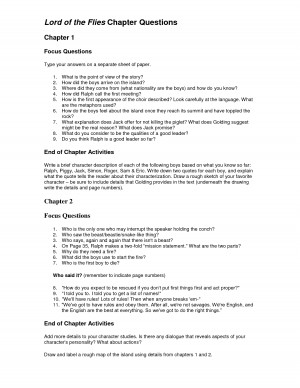
This chilling exclamation reflects the boys’ primal fears and the manifestation of the beast within themselves.
5. “I’m not a hunter. I’m not a bloodthirsty savage.” (Page 151)
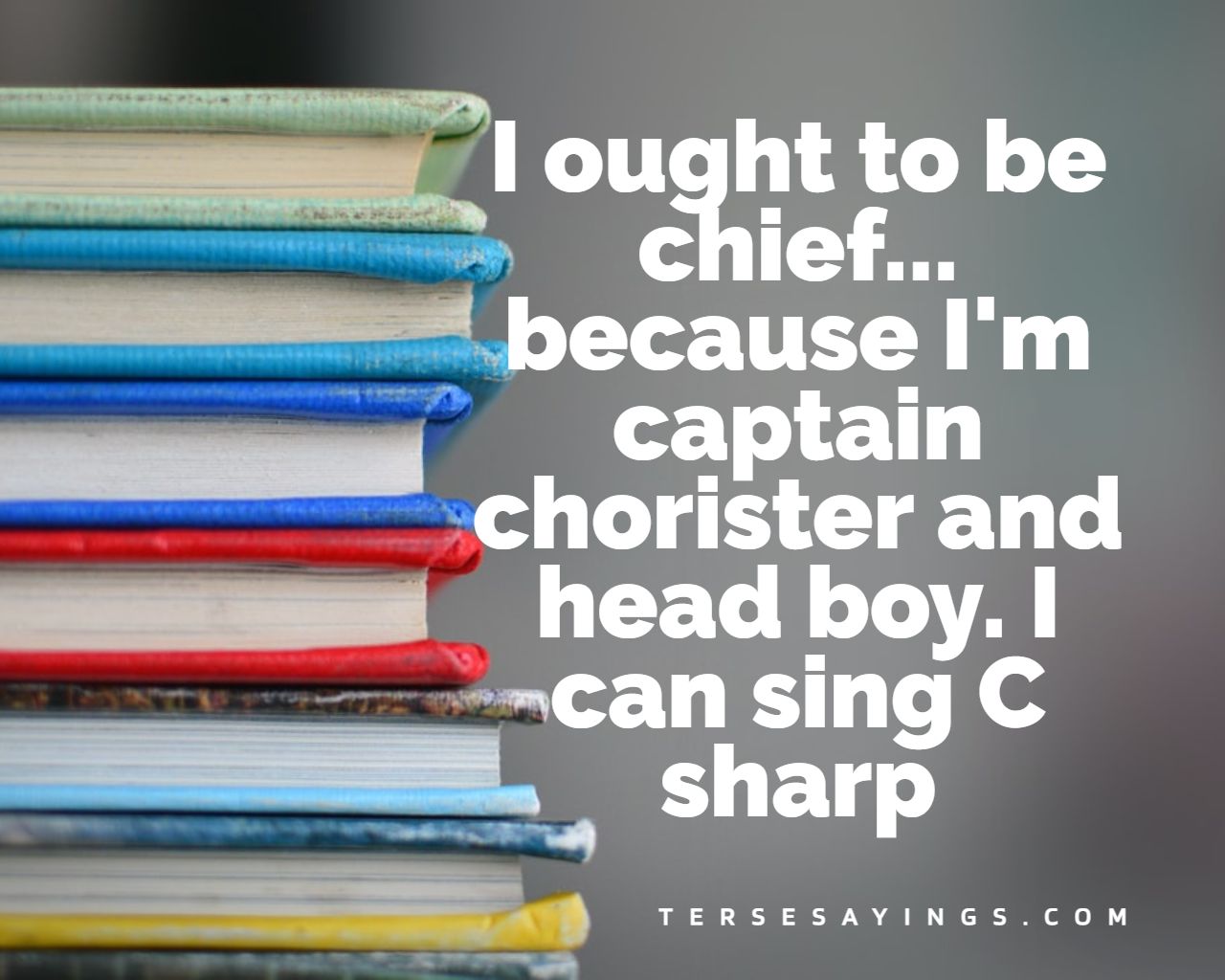
A profound realization by Ralph, indicative of the internal conflict between civility and savagery.
6. “The mask was a thing on its own, behind which Jack hid, liberated from shame and self-consciousness.” (Page 64)
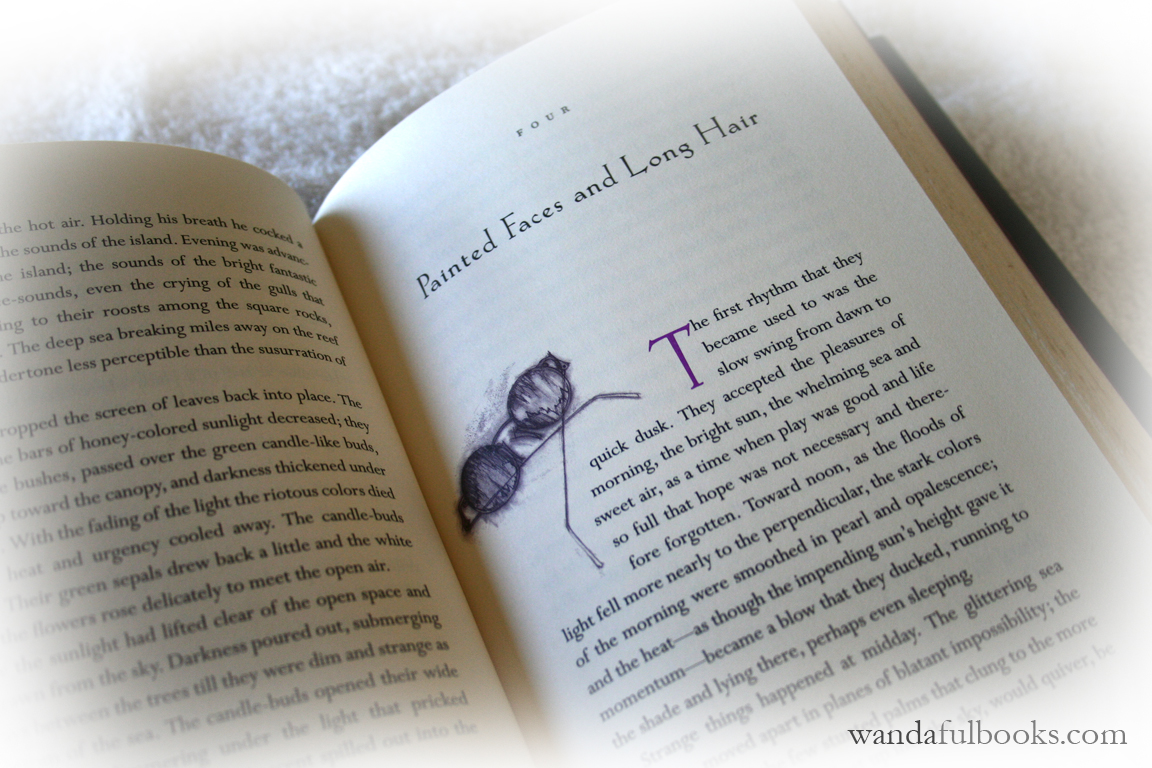
The mask symbolizes the loss of identity, revealing the transformative power of anonymity in the descent into savagery.
7. “I think we ought to have a meeting.” (Page 12)
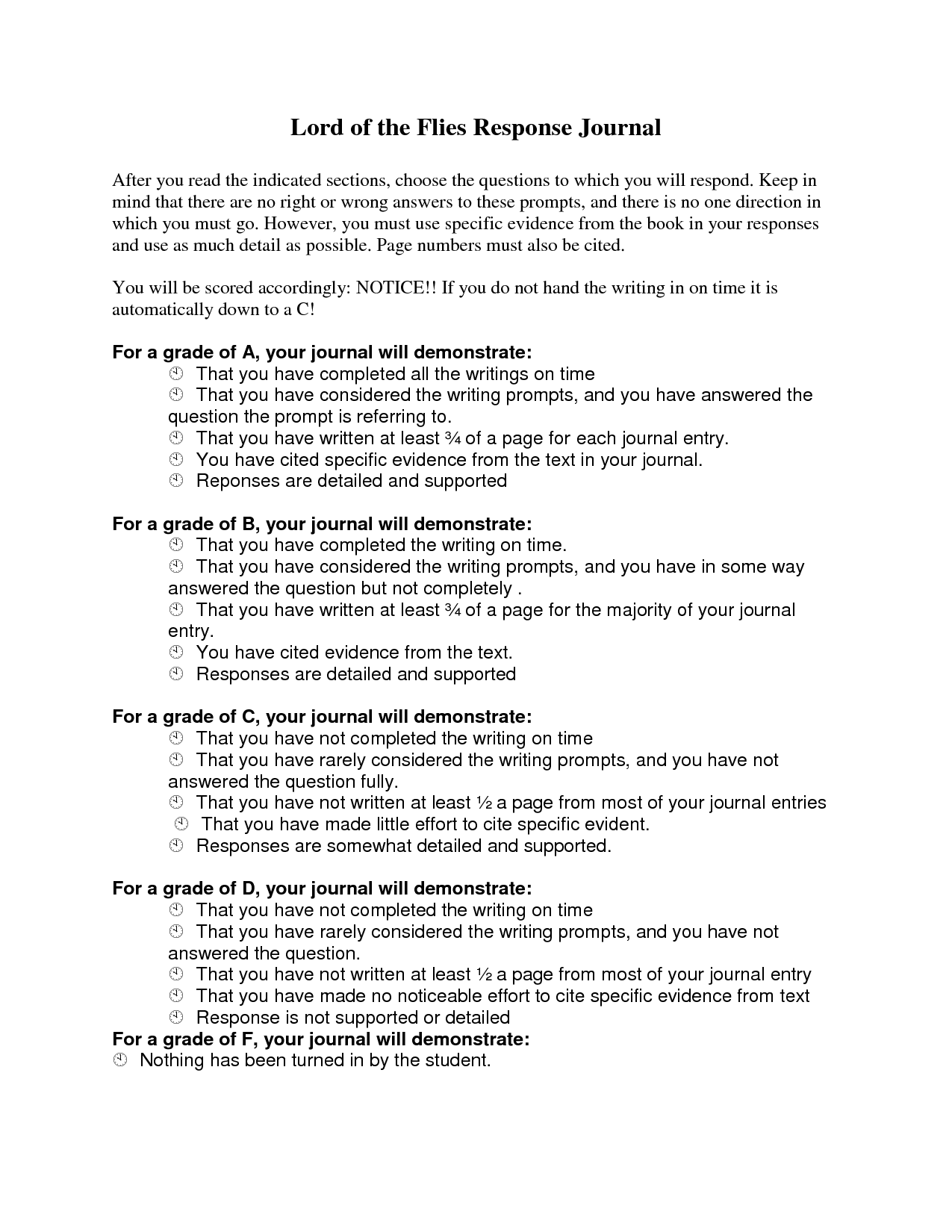
Piggy’s rational approach represents the voice of reason amid rising chaos, though often dismissed by others.
8. “Maybe there is a beast… maybe it’s only us.” (Page 89)
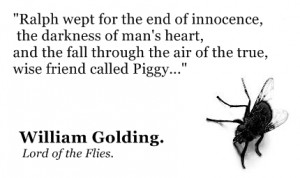
This haunting insight articulates the core theme that the true monstrosity lies within human nature itself.
9. “The greatest ideas are the simplest.” (Page 124)
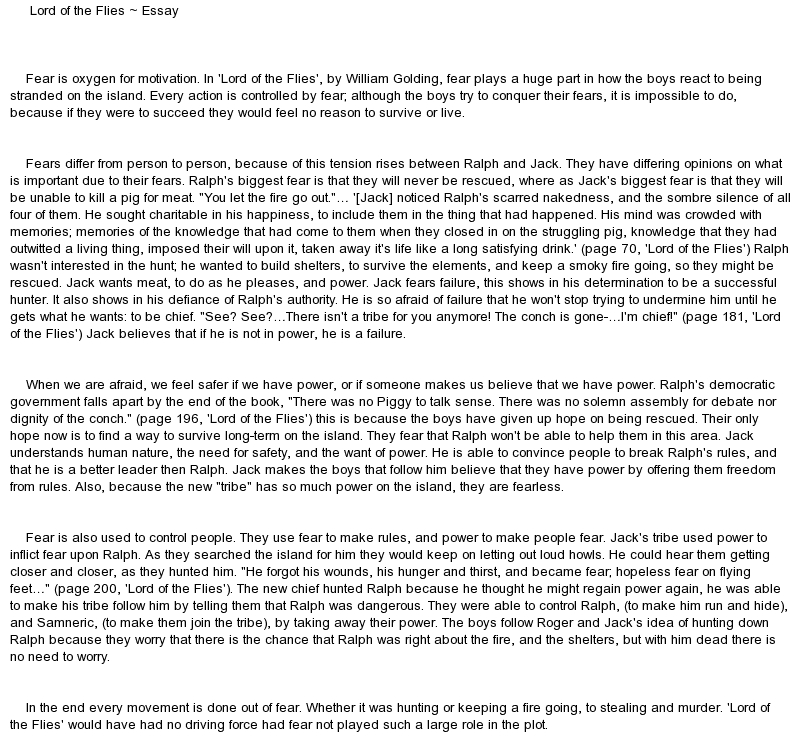
A reminder of the profound truths that often elude the complexities of the boys’ newfound existence.
10. “The long scar smashed into the jungle was a bath of a green trail.” (Page 9)

This vivid imagery encapsulates the destructive impact of humanity on nature and foreshadows the ensuing turmoil.



